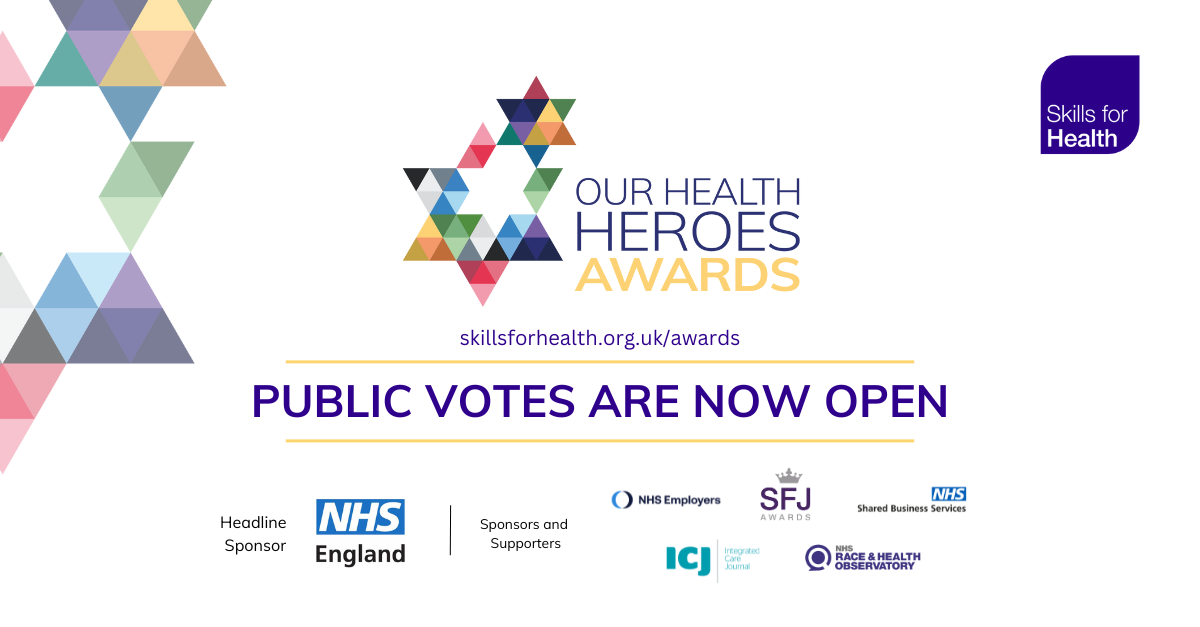As integrated care systems mature, there is much the UK can learn from New Zealand’s holistic approach to understand the true impact of health and social care services.
The WHO defines health as “a state of complete physical, mental, and societal well-being, not just the absence of disease or infirmity.” Despite this comprehensive definition, a significant portion of healthcare prioritises physical health, overlooking other vital determinants that significantly influence individuals’ overall health and wellbeing.
The introduction of integrated care systems (ICSs) in the UK and the growing emphasis on a more holistic approach provide an opportune moment to better address needs and improve healthcare outcomes. Holistic healthcare delivery has been shown to lead to better patient outcomes, reduced barriers to access, and overall superior health.
Whānau Ora, a holistic health and social care model originating from New Zealand, serves as an exemplary, culturally grounded, integrated approach that is driving positive outcomes across the country. By embedding a holistic health and social care focus, it aims to provide wraparound services centred on supporting not only the individual but also the whānau (extended family) that surrounds them.
While the path to developing and implementing Whānau Ora has been iterative and not without its challenges, there is much that can be learnt and adopted in the UK and worldwide from Whānau Ora’s efforts in developing, defining, and implementing this model and its underlying philosophy.
Social determinants of health: prevention is promotion
The social determinants of health, the conditions in the environments we inhabit, play a crucial role in shaping our health and wellbeing. Understanding and addressing these environmental influences is essential to enhance health outcomes and reduce disparities. Studies indicate that social determinants may exert a more profound impact on health than individual lifestyle choices.
A hallmark of Whānau Ora is its emphasis on the individual’s broader context, recognising that their health is influenced by their surroundings. By promoting and improving health and social outcomes across a collective, rather than solely focusing on the individual, better health outcomes can be achieved. Whānau Ora has demonstrated positive and meaningful results across a spectrum of health and social determinants. By encompassing all dimensions of health and wellbeing, rather than a more medicalised, linear approach concentrated primarily on physical health, Whānau Ora has ensured that outcomes address the diverse needs of individuals across a range of key factors.
Within ICSs, a deeper understanding of an individual’s unique circumstances and environments is vital in reducing disparities and supporting positive health outcomes. Shifting towards long-term change and prevention, as opposed to treatment, is paramount. Developing a model of care that incorporates a more holistic approach is crucial for the NHS to advance and deliver better long-term outcomes for the UK.
Navigating the grey: connectors across services and support
Ensuring service users are connected with the right support at the right time can be a challenge across any health system. Those who are vulnerable or facing disadvantage often face greater difficulty in accessing services, translating to greater disparities in outcomes.
Kaiārahi (navigators) play an integral role in Whānau Ora service delivery, acting as a key connector, helping families to identify needs, prepare, plan, and use services effectively. Here, navigators act as a broker in accessing services; ones that meet the unique needs of the person accessing them. They also work as a go-between, understanding service demands and identifying opportunities for intervention to better meet ongoing needs.
The use of navigators has been shown to be an effective tool in improving identification of needs, access to care and navigation of care services across a range of different settings. This is particularly prevalent for indigenous groups and those facing barriers to accessing services and support.
A recent study showed that a third of people in England lacked confidence in accessing care through the NHS. With this in mind, it’s crucial to consider the ways in which the health system is being navigated, and whether further support could be beneficial – not only to help users connect with the right care and support, but also to help reduce the burden on the healthcare system of those accessing services that don’t meet their needs.
Measuring the true impact of health and social services
Worldwide, much of health care provision focuses on easily quantifiable outputs, with the focus primarily on physical health through measurable metrics, while ignoring other key determinants that can impact on wellbeing. The siloed treatment and measurement of physical health without consideration of the other factors means that often, outcomes of health and social care are not as effective as they could be.
Whānau Ora measures success through outcomes, focussing on the key changes that matter to families and using an outcomes framework to understand the impact of interventions. Over the last 10 years, there has been a shift towards assessing and understanding social value in health and social services.
Measuring based on outputs simply evaluates the activities undertaken by an organisation, but it fails to assess whether these activities are indeed effective or meet patient needs or intended outcomes. Measuring based on outcomes, on the other hand, enables systems to grasp the actual changes experienced and the impact they have created. Outcomes represent the positive differences brought about by the outputs.
However, measuring based on outcomes can present challenges in defining “success” and identifying suitable metrics. When encompassing a broad spectrum of health and social indicators, success will manifest differently for each individual and community.
Whānau Ora has established a comprehensive outcomes framework that tracks progress in alignment with both individual aspirations and broader societal indicators. This approach facilitates a more comprehensive evaluation of service effectiveness and support.
The NHS is also adopting a social value focus. This entails considering the impact of its services on individuals and communities, alongside traditional health outcomes measures. Developing and implementing an outcomes framework would be a significant step for the NHS in measuring and comprehending the genuine impact of its services. This data could then be utilised to guide decision-making and enhance services for the future.
Investing in relationships
The establishment and cultivation of strong relationships are paramount to the success of an integrated model and the forging of meaningful connections with the community. Whanaungatanga, a cornerstone of Māori culture and a core principle of the Whānau Ora approach, underscores the importance of building, nurturing, and maintaining connections within the community. Within an integrated system, robust relationships and trust serve as indispensable foundations for achieving shared objectives, strategies, and outcomes.
However, these enduring connections do not develop overnight. Investing, particularly in the form of time, is essential for nurturing these relationships and fostering ongoing trust and support across the system. ICSs within the NHS confront multiple challenges in collaborating across providers and organisations, with the workforce facing significant pressure and a lack of funding for long-term investment in outcomes.
Despite these hurdles, concerted efforts must be made to foster collaboration, strengthen partnerships, and cultivate trust within integrated care systems. A fundamental aspect of building any meaningful partnership lies in dedicating time, energy, and commitment to fostering trust and a shared understanding of common goals and objectives. For integrated care services to truly embody the essence of integration, this must be a cornerstone of the NHS’s approach.
Working towards a more integrated future
Integrated care models worldwide offer a wealth of insights and practises that can be leveraged to support the NHS ICSs’ ongoing objectives and vision.
While no system is perfect, the Whānau Ora model exemplifies key attributes that can be learnt from and adapted to meet the NHS’s evolving requirements. Embracing a more holistic approach, considering the social determinants of health, optimising service navigation, evaluating the impact of interventions by measuring outcomes, and investing in strengthening relationships all contribute to ongoing advancement and improvement in the delivery of integrated care, ultimately driving the crucial goal of improved health and care outcomes.
Cate Mentink is a Healthcare Strategy and Planning Consultant at Lexica










